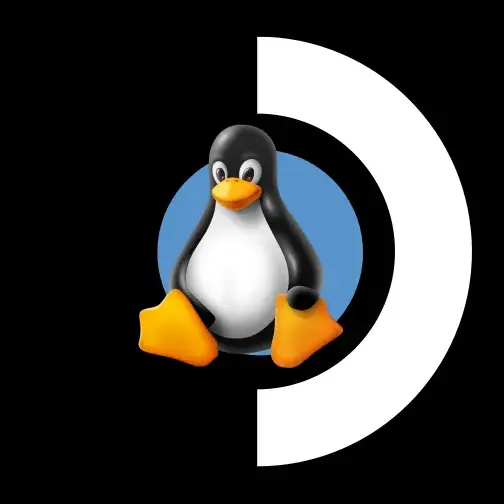

Depends on how you loosely you feel about “why”. Was battery life a consideration? Sure. But it wasn’t really the primary consideration. Valve’s current track record is that they are masters at making a product that’s surprisingly workable out of scrapyard parts that they got for cheap.
Valve didn’t design the Steam Deck’s chip - AMD designed it for Microsoft initially before the deal fell through. Then AMD offered the chips to Valve for cheap to recoup the costs.
Likewise, Valve didn’t intentionally choose the parts in the upcoming Steam Machine. Valve just bought AMD’s excess stock. That’s why the Steam Machine uses such an unusual and unbalanced CPU/GPU combo.
I honestly think SD2 is going to use x86, not for any particular reason, but because AMD is most likely going to have excess stock that’s x86 at the time that Valve designs it



Frankly, it seems somewhat self-evident based on the fact that Valve chose a Hawk Point 2 CPU (last gen laptop CPU with 2 big and 4 little cores) with a last gen laptop RX7600M GPU on a desktop, and also the fact that Valve calls them “semi-custom.”
But here’s the analysis: https://youtu.be/sJI3qTb2ze8